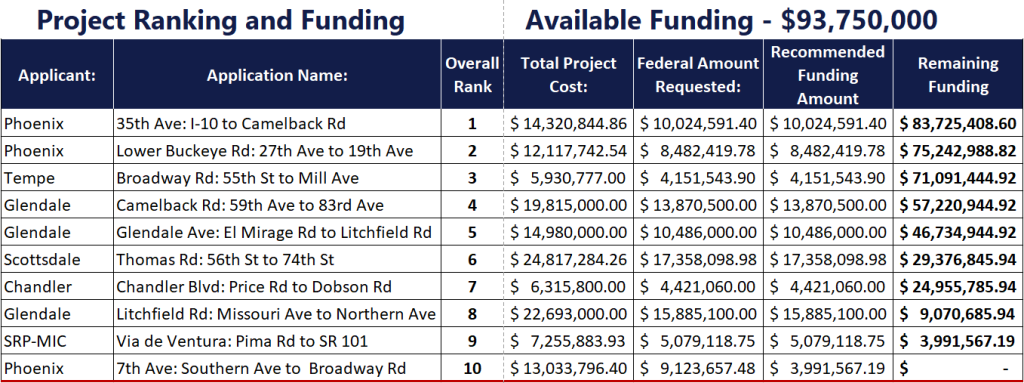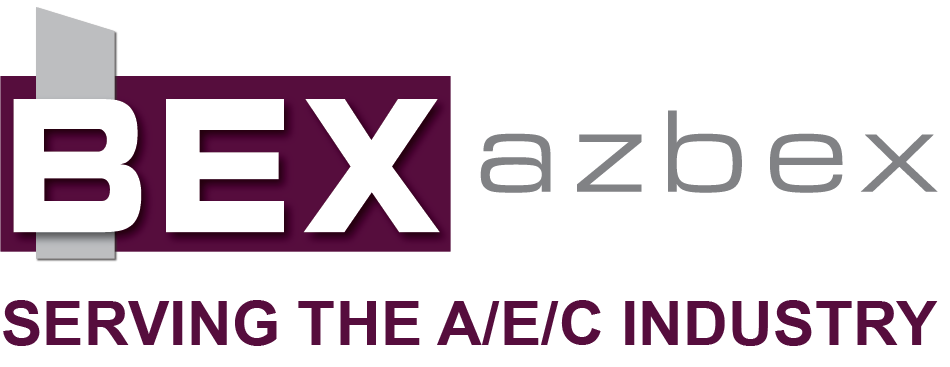By Roland Murphy for AZBEX

In our June 17 issue, we examined the Maricopa Association of Governments’ freeway project plans for the next 20 years under the Proposition 479 half-cent transportation tax approved by voters last year.
While freeway projects get the lion’s share of attention from the general public, arterial streets have an arguably even greater impact on residents’ daily lives.
Today’s issue will look at the planned rehabilitation and reconstruction program for MAG’s arterial street projects. Upcoming issues will examine widening and the Arterial Life Cycle Program.
Freeways and arterials both took on a greater focus than originally expected under the renewal of the Proposition 400 tax. Following former Gov. Doug Ducey’s veto of the original renewal approved by the Arizona Legislature, a block of conservative Republican lawmakers worked to scuttle attempts to produce new legislation to reauthorize the tax.
After extensive back-and-forth negotiations lasting nearly a year, current Gov. Katie Hobbs ultimately signed the legislation in Aug. 2023 to put the renewal before voters.
AZBEX covered the renewal fight in greater detail than any other news outlet. The full collection of articles is available here.
The end result of the renewal battle was an authorization that was markedly different from the original, which had had the endorsement of all 32 MAG member agencies and had included a mix of public transit/light rail, freeways and street projects. The resulting legislation scrapped funding for new light rail development and reduced funding for mass transit in general to focus on highway and street development and improvement.
Arterial streets were a major focus during last month’s MAG Transportation Review Committee meeting, which included presentations on arterial street rehabilitation and widening, as well as the ALCP.
Today’s column will look at the Arterial Rehabilitation and Reconstruction Program.
Arterial Rehabilitation and Reconstruction Program
Pavement preservation and road reconstruction have become major priorities for transportation officials around the state.
The Arizona Department of Transportation has worked to increase its focus on the issue, and its proposed $12.7B Tentative Five-Year Transportation Facilities Construction Program for 2026-2030 includes $2.8B for pavement preservation, rehabilitation and replacement for pavement and bridges across the state. Most of this funding is for projects outside of Maricopa and Pima counties.
Municipalities have also increased their preservation focus. Scottsdale City Engineer Alison Tymkiw told attendees at the May 2025 BEX Leading Market Series event the City has dramatically increased its pavement rehabilitation and reconstruction efforts and is looking at outside funding sources, including MAG, for its most important projects.
The ARRP is one of the first two new competitive programs developed under MAG’s Regional Strategic Transportation Infrastructure Investment Plan. According to the introduction to the plan overview, “MAG’s Transportation Policy Committee has developed the Regional Strategic Transportation Infrastructure Investment Plan to serve as the basis for the extension of Proposition 400. The investment plan is based on these planning principles and comprises specific high-capacity projects and programs… The RSTIIP was originally approved by MAG Regional Council on June 23, 2021, with project phasing approved July 28, 2021. The RSTIIP was subsequently modified to reflect conforming changes following the passage of SB1102, enabling legislation for the extension of Proposition 400.”
The May TRC meeting presentation gave an overview of the Arterial Rehabilitation and Reconstruction Program and included a summary of the March 2025 Call for Projects – Fiscal Years 2026, 2027 and 2028.
Submissions were evaluated under both qualitative and quantitative criteria and included review of submitted projects’ unique attributes, safety improvements, compliance with ARRP goals, and factors such as serious crash rates, the degree of existing pavement roughness and the Average Annual Daily Traffic.
A total of $93.75M was available for programming, and 24 eligible applications were received from 13 jurisdictions before the May 2 deadline. The May 22 meeting was to discuss project ranking and the funding scenario.
The table below shows the chosen projects by their ranking, their total costs, federal funding and the recommended Prop 479 funding.

The Regional Council will consider the selection and funding next week, and award letters will go out June 30.

